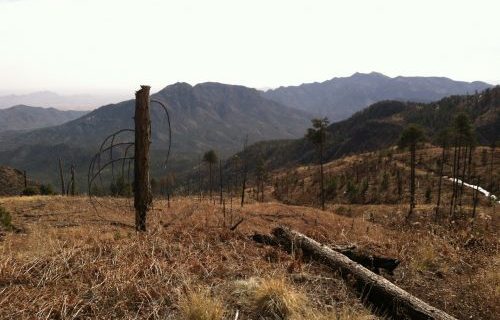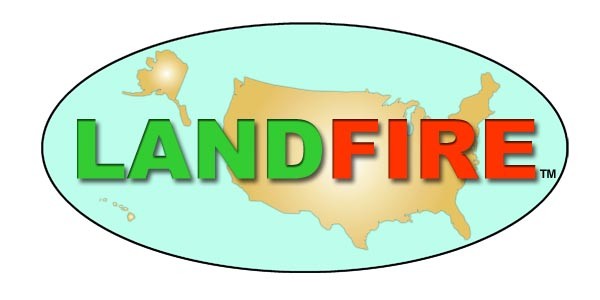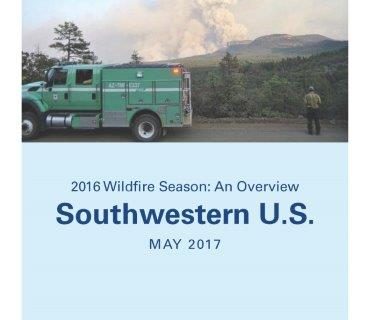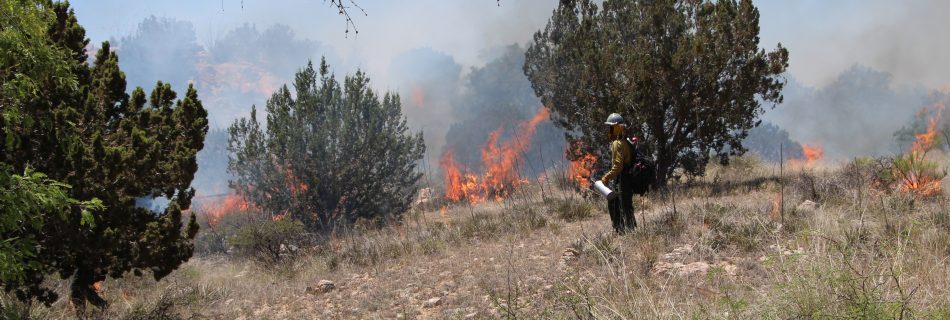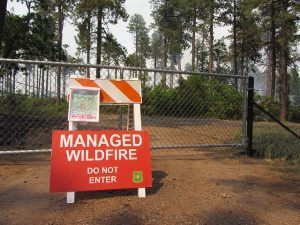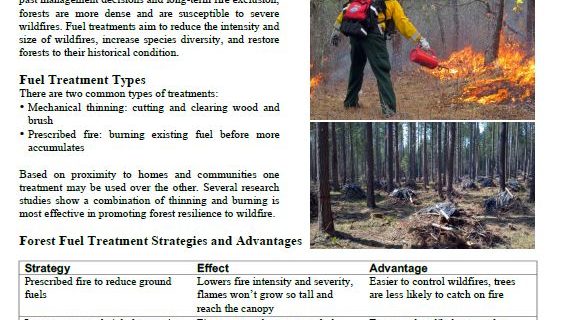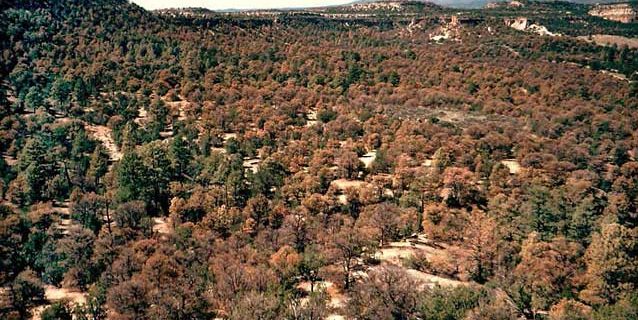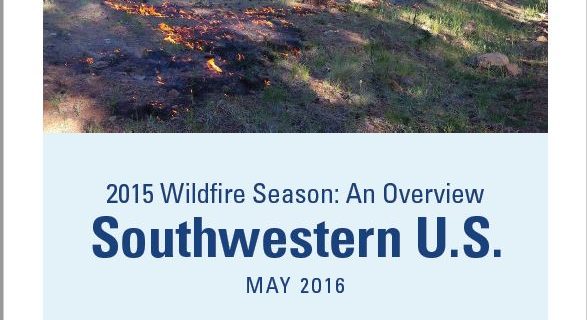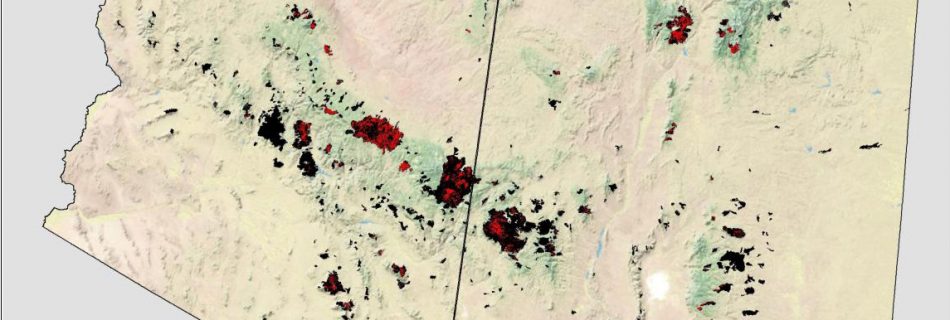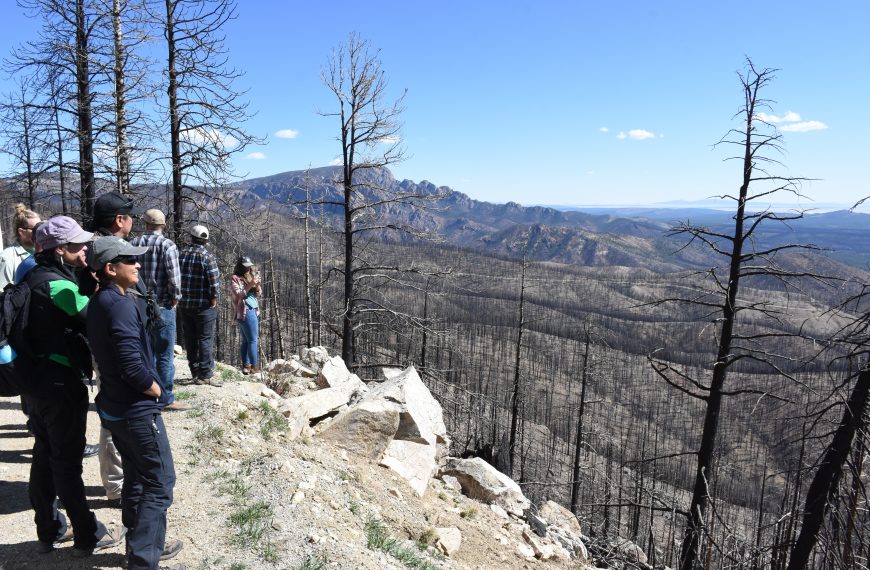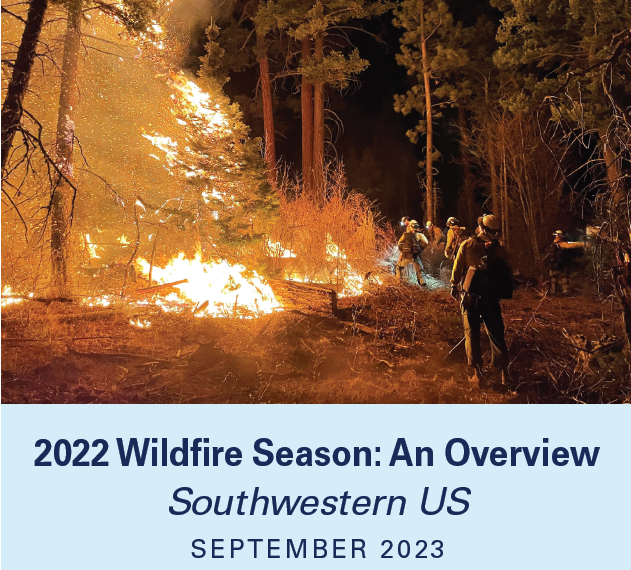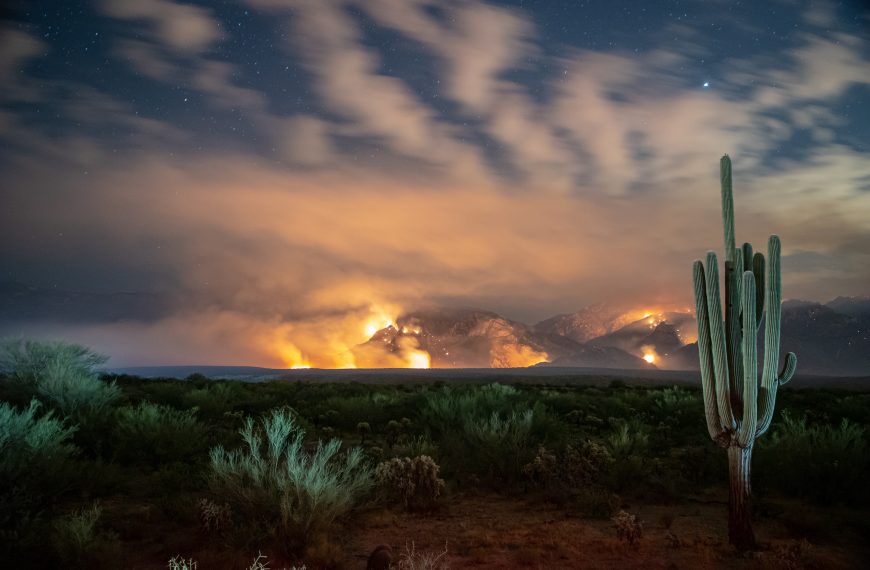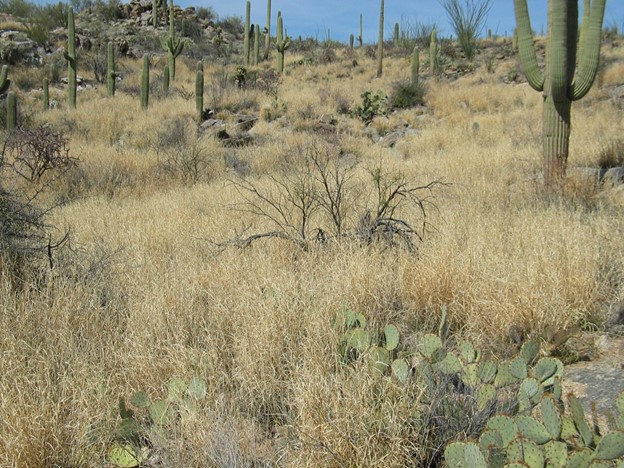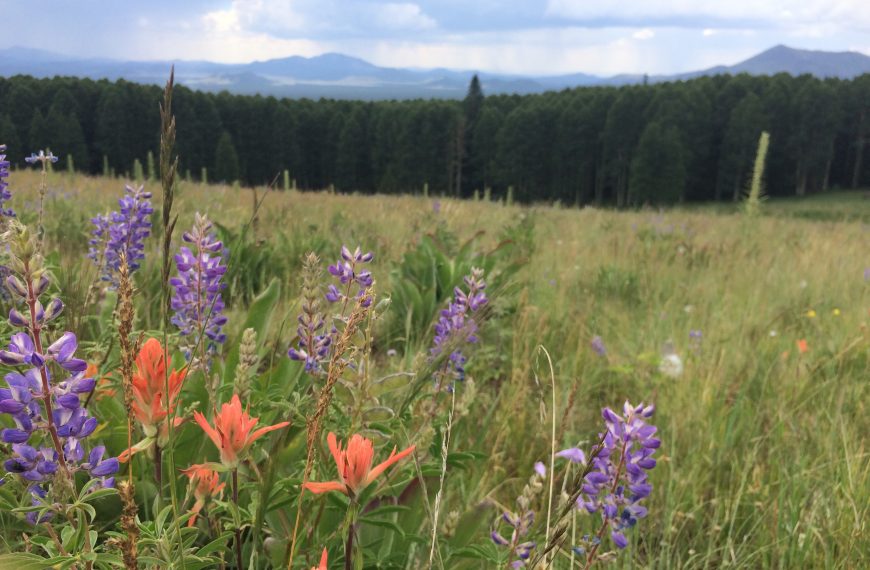Do high severity burns lead to conversion to new forest types or a shift from forests to shrublands or grasslands? How do wildlife respond to changing habitats? And, finally, what do these changes tell us about how these ecosystems will respond to climate change? We visited the sites of the 2000 Pumpkin Fire and 2003 Aspen Fire, and talked to researchers who have been studying how forests and wildlife respond to high severity burns. View the YouTube video here.
Horseshoe 2 Fire: 6 years Post-Fire
We hosted a two-day field trip to visit various locations within the perimeter of the 2011 Horseshoe 2 Fire (including Chiricahua National Monument and Coronado National Forest). Topics discussed include: wildlife impacts, rangeland impacts, watershed and hydrology effects, and historic fire regime and re-burn issues. Read the Horseshoe 2 Factsheet here. Click the StoryMap below …

